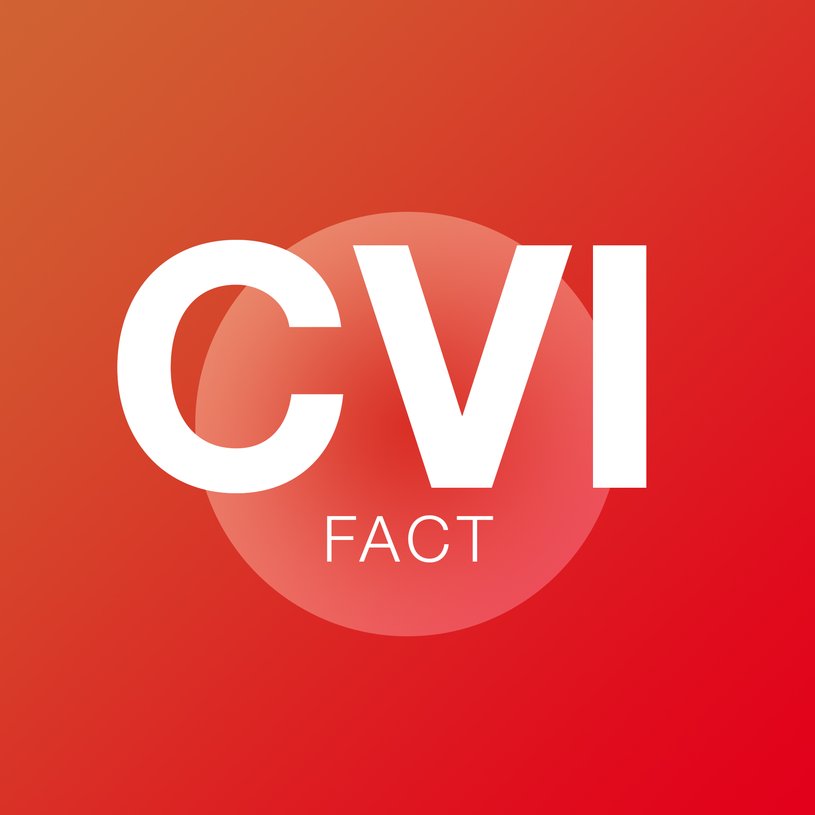MYTH-BUSTING CVI
Common myths about Chronic Venous Insufficiency

Chronic Venous Insufficiency (CVI) is a condition that occurs when the veins or valves in the legs aren’t working properly. It’s more common in people over the age of 50, especially women, and occurs when the blood pressure in the veins is abnormally high (1). While there’s plenty of advice out there on managing the condition, not all of it is valid.
MYTH: CVI and Varicose Veins are the same thing
The two conditions are related, but not the same. Varicose Veins are swollen, twisted veins just under the surface of the skin. Chronic Venous Insufficiency is a condition that develops when the function of valves and veins in the leg becomes damaged or diseased. Having Varicose Veins doesn’t automatically mean you will develop CVI.
MYTH: CVI doesn’t affect men
While CVI is more common in women, it still occurs in an estimated 42% of men before they reach 60 years of age (2). Overall, venous disease affecting the legs is very common and you are at more risk of developing the condition depending on your family history and age, regardless of gender.
MYTH: CVI can be cured with compression
Unfortunately, there is no cure for Chronic Venous Insufficiency, but there are several things you can do to reduce symptoms and live a relatively normal life. Compression therapy, which involves wearing special bandages, stockings or garments, can encourage better blood flow. Exercising regularly and elevating your legs when sitting, can also limit the amount of swelling.
MYTH: If your job involves standing you’ll get CVI
It is widely accepted that prolonged standing is a risk factor for developing Varicose Veins and/or Chronic Venous Insufficiency. But, just because you work on your feet doesn’t mean you’ll develop the condition. There are a number of reasons you might be predisposed to problems with the veins in your legs. If you have to stand for over eight hours a day, try to take regular breaks and avoid staying still to regulate blood flow.
(1) Lohmann & Rauscher USA Inc.
(2) From the US Markets for Varicose Vein Treatment Devices 2006, Millennium Research Group 2005.